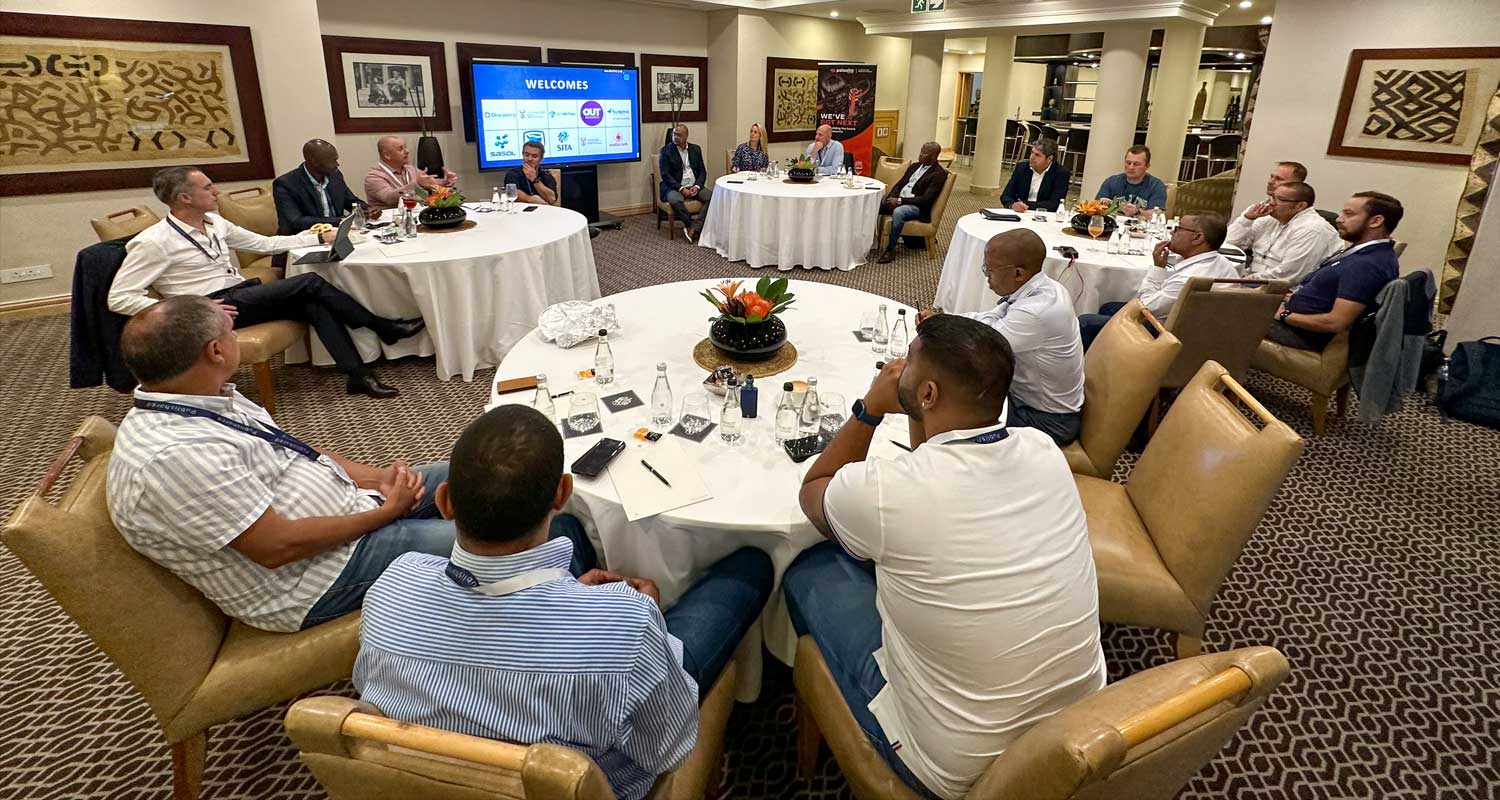 A Trust Barometer roundtable recently brought together some of the brightest and most experienced security minds in South Africa to discuss current security trends and challenges. The focus of the discussion was on transforming security, and whether “zero trust” and “SASE” are a realistic answer to the challenges faced.
A Trust Barometer roundtable recently brought together some of the brightest and most experienced security minds in South Africa to discuss current security trends and challenges. The focus of the discussion was on transforming security, and whether “zero trust” and “SASE” are a realistic answer to the challenges faced.
The participants noted that digital transformation happened quickly and that the world is now in a different place. Remote work and the increasing use of cloud technologies have complicated the security landscape, making it more difficult to maintain control and visibility.
One of the key aspects discussed was secure access service edge (SASE). SASE is a new approach to network security that provides a comprehensive security solution for remote and mobile users. It integrates multiple security functions such as firewall, VPN, zero-trust network access (ZTNA), cloud access security broker (CASB) and software-defined WAN (SD-WAN) into a single, cloud-delivered service.
SASE focuses on improving security for users accessing applications and data from different locations, devices and networks, and aims to provide a seamless user experience while ensuring that data and applications are protected from security threats. Ultimately, the goal of SASE is to simplify security operations and improve network performance by consolidating multiple security functions into a single platform.
While SASE is a philosophy, underpinned by several technologies, the participants agreed that the user experience is the most important aspect of security, and that operations and technology should be considered secondarily.
The Microsoft and recent AWS outages were also discussed, and the participants noted that the increasing complexity of cloud systems has made it harder to pinpoint the root cause of problems. They shone the spotlight on the importance of understanding the technologies and the need to take a zero-trust approach to security.
The participants stressed that the user experience was highlighted as the most important aspect, with the user at the centre of all security considerations. If the user has a bad experience with security, they will find workarounds, and this is not acceptable from a security perspective. Operations were also considered key, with technology being the last on the list. The group emphasised that businesses need to get things right operationally and from a user perspective first before they can even think about the technology.
Vendor relationships
Having a relationship with your vendor is key. It’s important to understand your technology vendor’s strategy and ensure that it is aligned with yours. Trust is increasingly important with your vendor and partners.
Trust at a human level needs to be very different to trust at a technology level, especially when it comes to security. This is why ZTNA was discussed as a solution to the challenge of securing remote workers and the loss of control over the network.
ZTNA is a security model in which every access request is treated as untrusted and subject to authentication and authorisation, regardless of the origin of the request. The objective of ZTNA is to minimise the trust in network-connected devices and applications, reducing the attack surface and enhancing the security posture of the network.
Zero trust is based on the following philosophies:
- Assume breach: The premise of ZTNA is that the network is already compromised and there are always threats lurking within.
- Verify first, trust later: In ZTNA, access is granted based on real-time verification of the user, device and network. Trust is not assumed and is continually re-evaluated.
- Least-privilege access: ZTNA grants access based on the minimum permissions required to perform a specific task, reducing the attack surface and the risk of a breach.
- Micro segmentation: ZTNA uses micro segmentation to create smaller, more secure zones within the network, reducing the scope of potential breaches.
- Continuous monitoring: ZTNA uses continuous monitoring to detect and respond to threats in real time.
- Integration of security technologies: ZTNA integrates a variety of security technologies, including firewalls, VPNs, IDS/IPS and multifactor authentication, to provide comprehensive security coverage.
The participants compared ZTNA to a house, where access is granted and monitored through authentication and CCTV. This concept of least privilege was seen as the key to providing security while still allowing users to be productive.
The participants also highlighted the need for simplification in security solutions, as the growing number of tools can create complex environments that are difficult to manage. The shift in thinking to become more network aware and the increasing importance of identity were also discussed.
Finally, the participants noted that the biggest problem in security remains the user’s device, and that SASE can help by providing consistent security across the network. They stressed the importance of making security simple and user friendly to ensure that users are productive and that security solutions are actually used.
In conclusion, the Trust Barometer roundtable provided valuable insights into the current state of security and the challenges that organisations face in a rapidly changing landscape. The participants highlighted the importance of considering the user experience, simplifying security solutions and taking a zero-trust approach to security.
About CYBER1 Solutions and Palo Alto Networks
CYBER1 Solutions is a cybersecurity specialist operating in Southern Africa, East and West Africa, Dubai, and EMEA (Europe, the Middle East and Africa). We provide innovative, agile, end-to-end security solutions to support our customers at every step along their security transformations. Read more about CYBER1 Solutions on TechCentral or visit Palo Alto Networks website
- This promoted content was paid for by the party concerned




